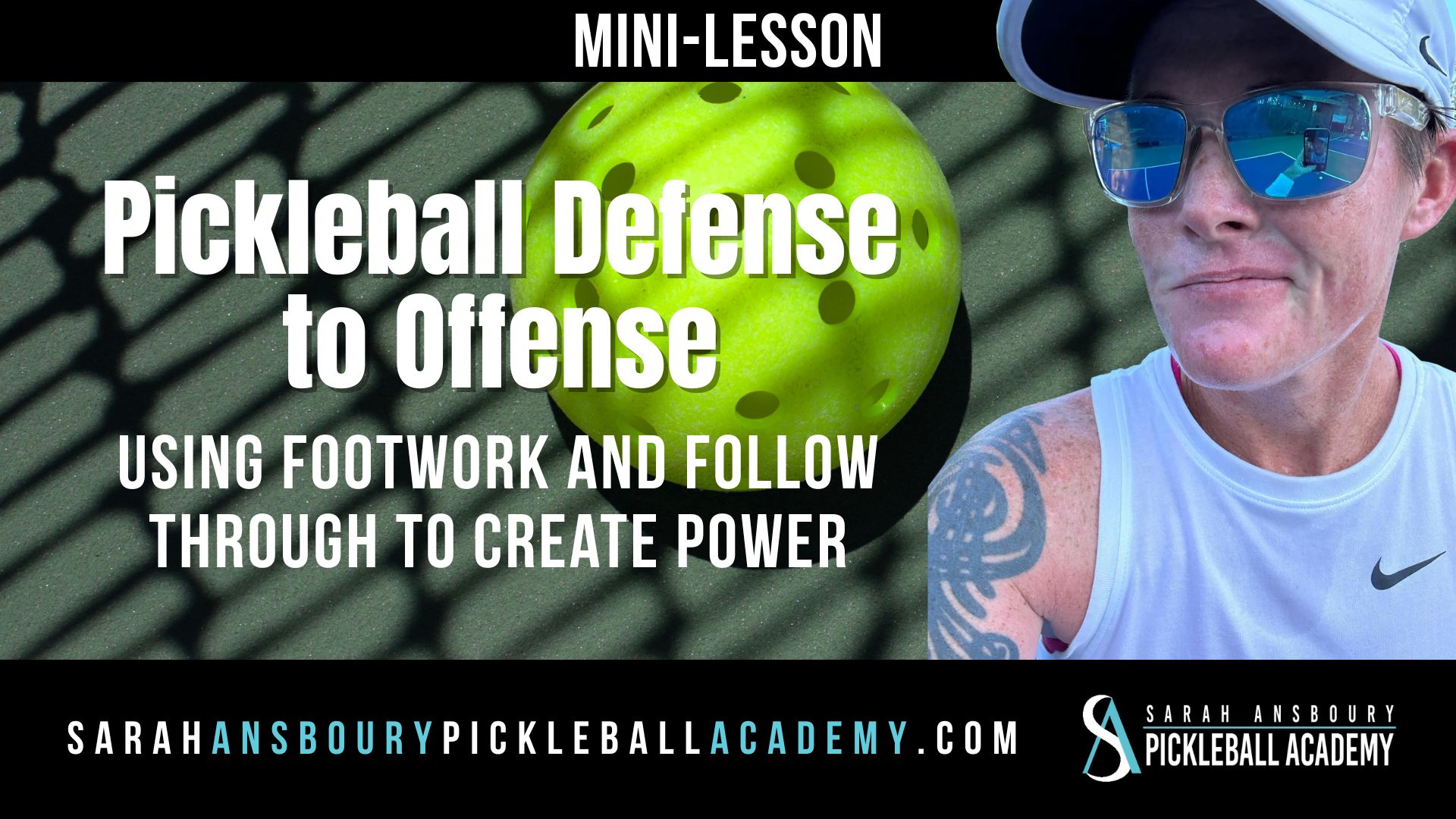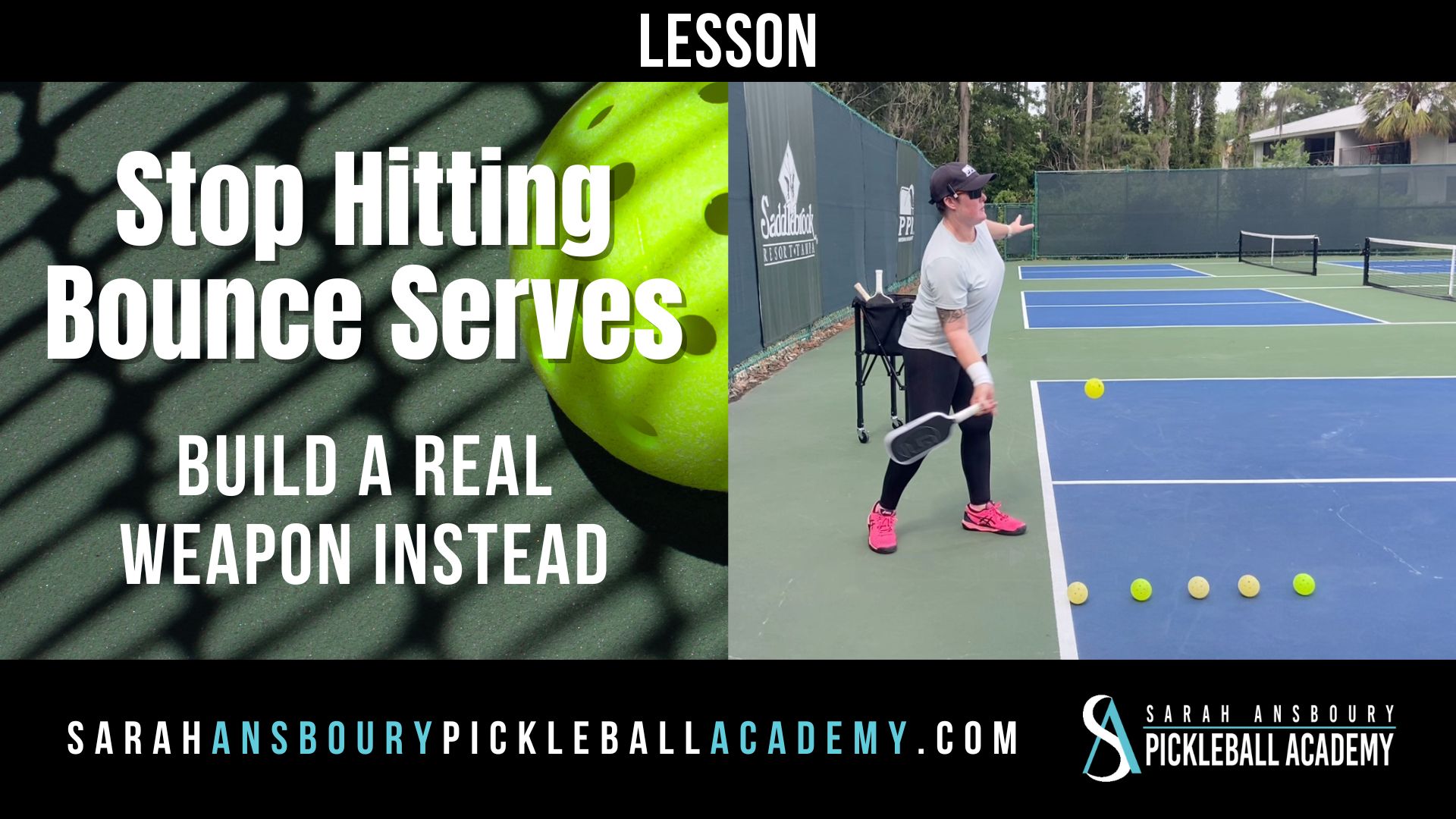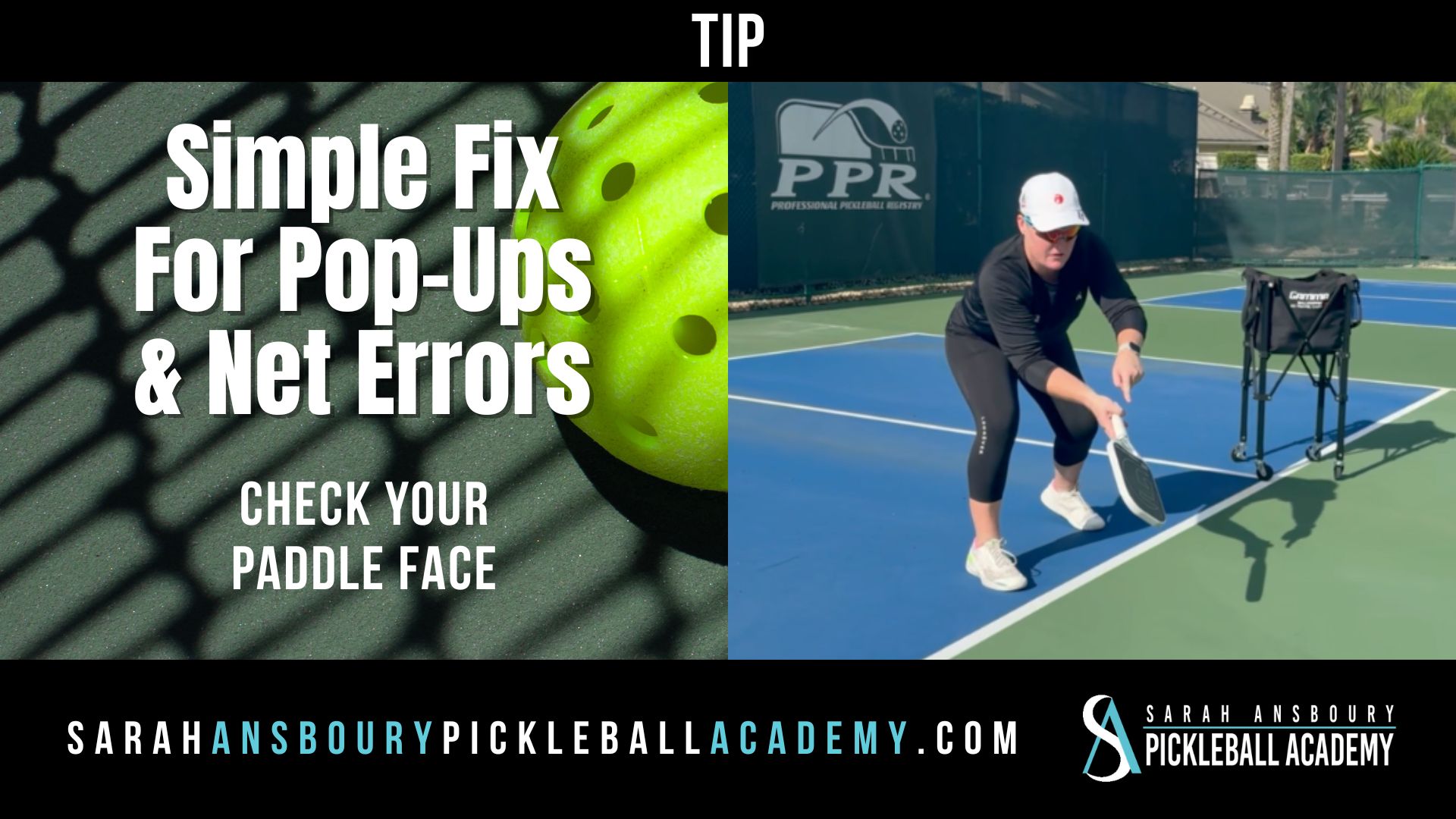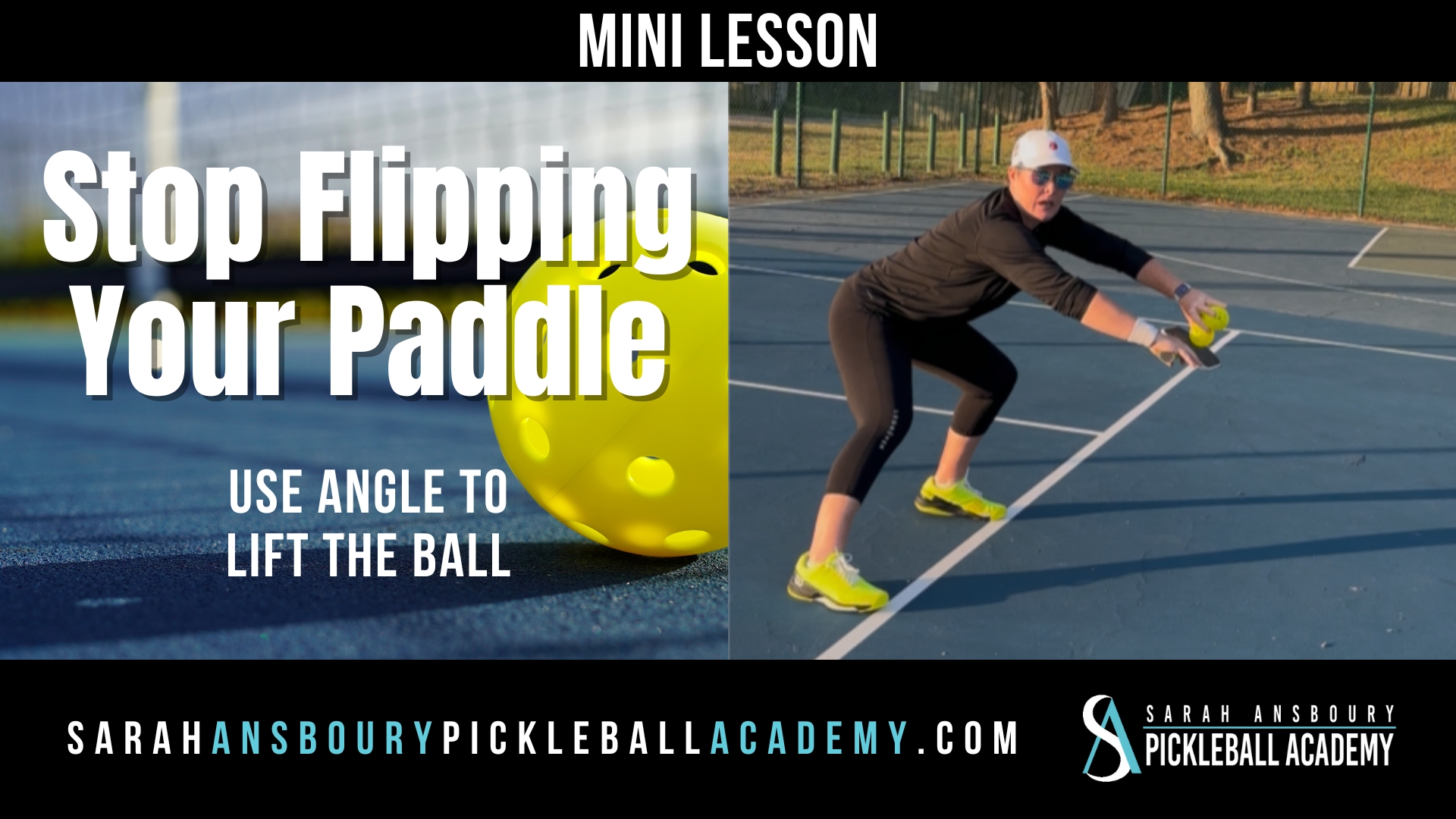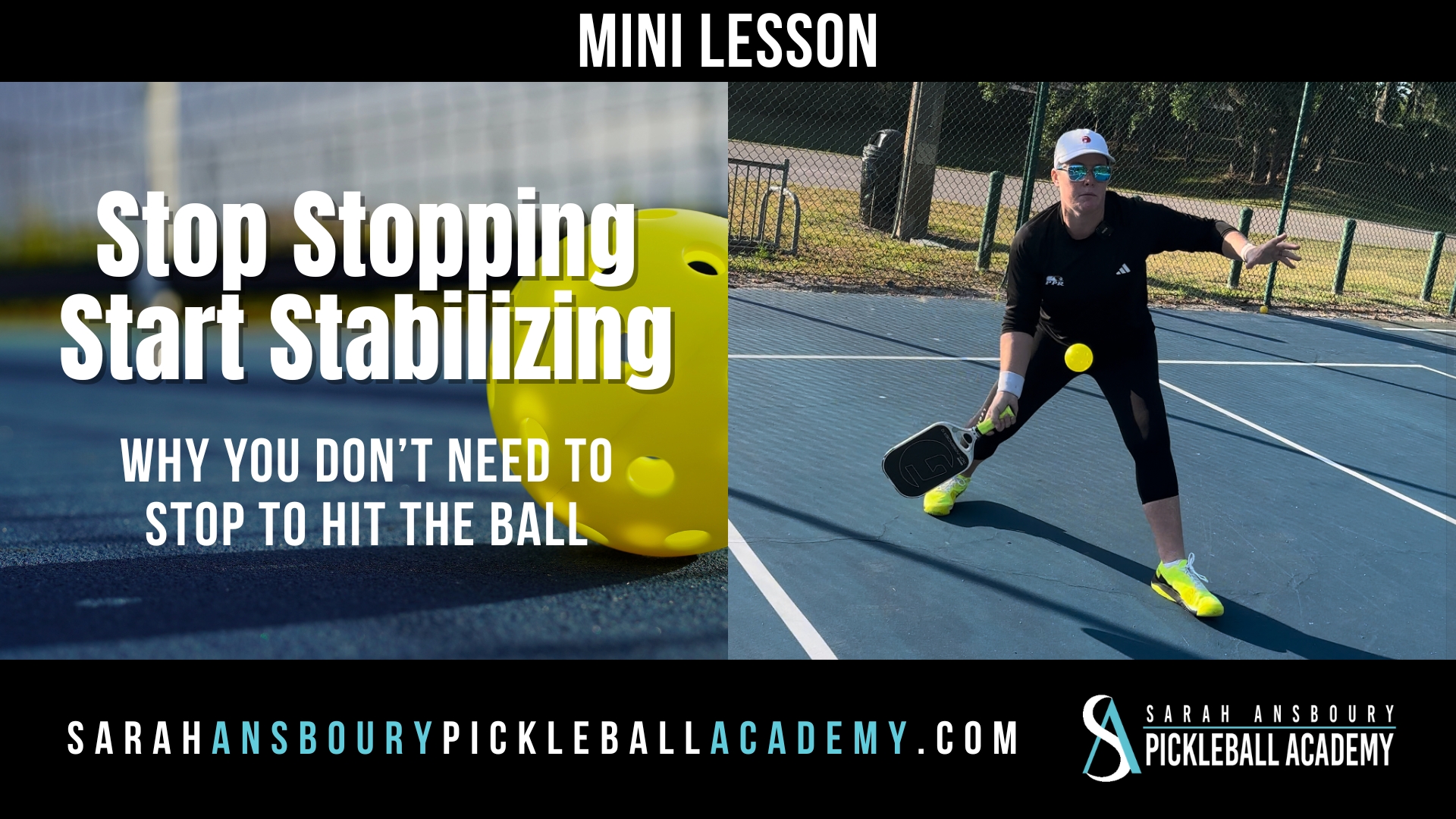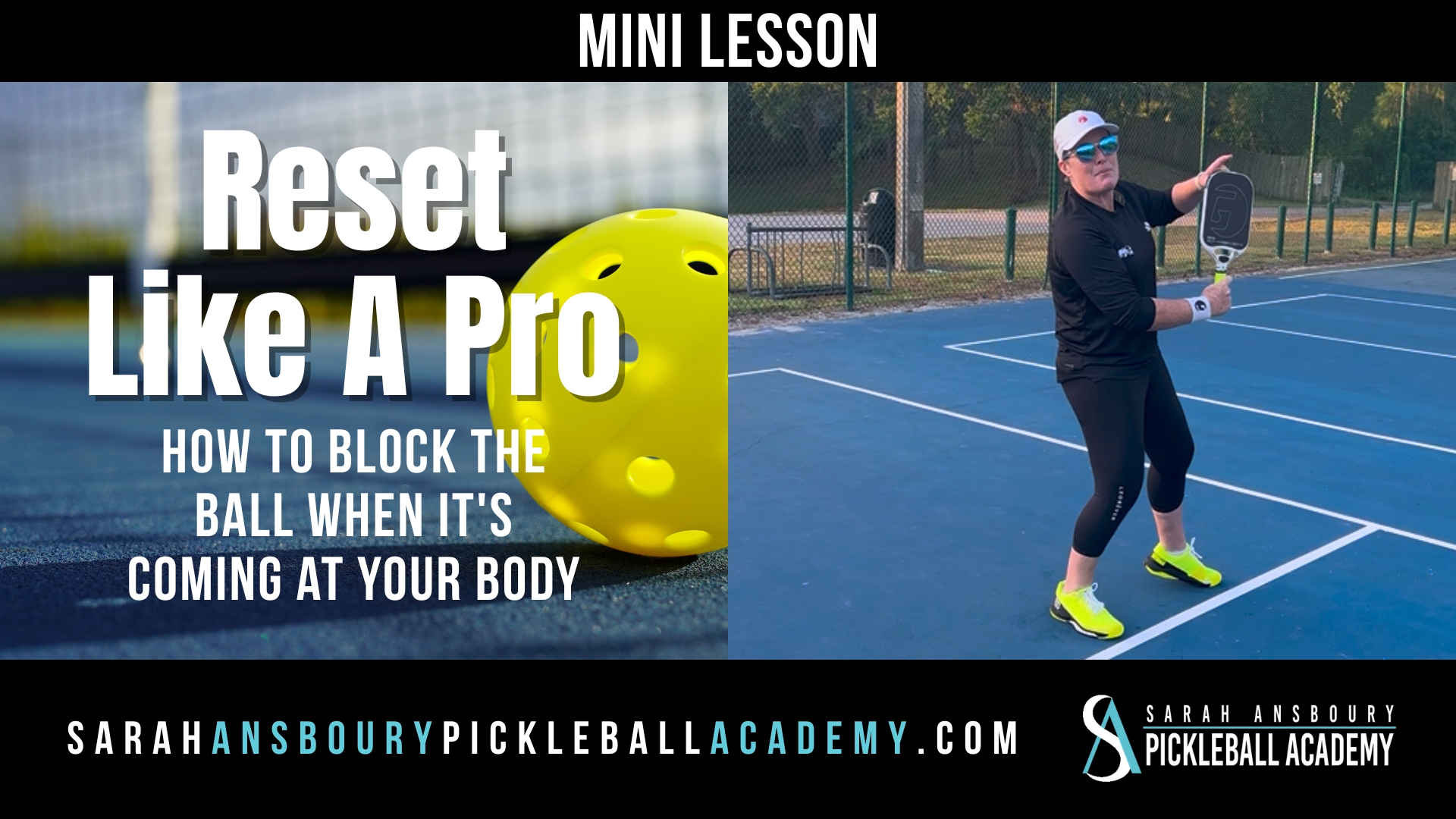I have written about grip pressure before, but I continue to see players that have a death grip on their paddle. So today let me share my three keys to proper grip pressure.

by the numbers
I am often asked to assign a number to my grip pressure. I hesitate to do this because what I may think is a 3, maybe perceived as a 6 by you. Also, it often changes during a point. We may begin with a relaxed grip, but in the heat of battle we often tense up. You may not realize it, but as we tighten our grip on the paddle our forearm becomes tense making our shoulder tense and so on. As is often the case in life, the more we try to control things the worse it gets.
comparison to other sports
Many people use analogies from other sports when they teach pickleball. I tend to shy away from many of these. For example, while I fully understand that a soft, relaxed grip helps me both control and accelerate the paddle…if you put a golf club in my hand I 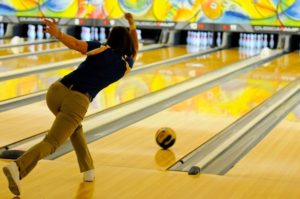 have real difficulty applying this lesson to a golf club.
have real difficulty applying this lesson to a golf club.
I also tend to avoid bowling analogies. First, the ball is much heavier and for me, my arm feels tighter. Also in bowling, many players utilize their wrist which is definitely something I don’t want a pickleball player to do.
3 Keys
For me, there are three keys to maintaining a loose grip:
- While we want to hold the paddle with our fingers, rather than in our palm, we really don’t need all our fingers. Your pinky and your ring finger are not required. Your thumb and index finger do most everything. Remember, you want space between your palm and the handle of the paddle.
- Always lead with the tip of the paddle. I want you to imagine slapping someone with an open hand. This motion frees our arm and we stretch from our shoulder. When you grip the paddle, spread out your fingers on the handle.
- Support your paddle with your non-dominant hand as much as possible. Get in the habit of letting go of the paddle and using your non-dominant hand to hold it between points. This will help you remain relaxed and will also encourage you to use your non-dominant side.
Keeping yourself relaxed is a full-time gig on the court. You have to consciously work on your grip pressure until it becomes a habit. And keep in mind, there is not only one way to hold the paddle. In this post, I review three of the more popular ones.

